Post Syndicated from Manash Deb original https://aws.amazon.com/blogs/big-data/amazon-redshift-identity-federation-with-multi-factor-authentication/
Password-based access control alone is not considered secure enough, and many organizations are adopting multi-factor authentication (MFA) and single sign-on (SSO) as a de facto standard to prevent unauthorized access to systems and data. SSO frees up time and resources for both administrators and end users from the painful process of password-based credential management. MFA capability adds an extra layer of protection, improving organizational security and confidence.
Amazon Redshift is a fast, fully-managed cloud data warehouse that provides browser-based plugins for JDBC/ODBC drivers, which helps you easily implement SSO capabilities added with MFA to secure your data warehouse, and also helps automation and enforcement of data access policies across the organization through directory federation.
You can integrate Amazon Redshift with different identity providers (IdPs) like Microsoft Azure Active Directory, Ping, Okta, OneLogin, and more. For more information, see Using a credentials provider plugin. You may already have pre-existing integrations for federating to AWS using industry standard Security Assertion Markup Language (SAML) with these IdPs. In this post, we explain the steps to integrate the Amazon Redshift browser-based SAML plugin to add SSO and MFA capability with your federation IdP.
Solution overview
With this integration, users get authenticated to Amazon Redshift using the SSO and MFA credentials of the IdP application, which uses SAML tokens to map the IdP user identity (like login name or email address) as the database user in Amazon Redshift. It can also map users’ directory group memberships to corresponding database groups in Amazon Redshift, which allows you to control authorization grants for database objects in Amazon Redshift.
The following diagram illustrates our solution architecture.

High-level steps for SSO-MFA integration
The following diagram illustrates the authentication flow with the browser SAML plugin.

We complete the following high-level steps to set up the SSO and MFA authentication capability to an Amazon Redshift data warehouse using a browser-based SAML plugin with our IdP:
- Create a custom SAML 2.0 application with the IdP with the following configurations:
- A redirect URI (for example,
http://localhost:7890/redshift/). - MFA capability enabled.
- Relevant SAML claim attributes.
- Appropriate directory groups and users with the IdP.
- A redirect URI (for example,
- Add appropriate AWS Identity and Access Management (IAM) permissions:
- Add an IdP.
- Add appropriate IAM roles for the IdP.
- Use IAM policies to add appropriate permissions to the roles to access the Amazon Redshift cluster.
- Set up Amazon Redshift with group-level access control:
- Connect to Amazon Redshift using superuser credentials.
- Set up appropriate database groups in Amazon Redshift.
- Grant access permissions appropriate to relevant groups.
- Connect to Amazon Redshift with your JDBC/ODBC SQL client:
- Configure connection attributes for the IdP.
- Enable browser-based MFA.
- Connect to Amazon Redshift.
Create a custom SAML 2.0 application with the IdP
The first step of this setup is to create a SAML 2.0 application with your IdP. The various directory groups and users that need to log in to the Amazon Redshift cluster should have access to this SAML application. Provide an appropriate redirect_uri (for example, http://localhost:7890/redshift/) in the SAML application configuration, so that the IdP can seamlessly redirect SAML responses over HTTPS to this URI, which then allows the Amazon Redshift JDBC/ODBC driver to authenticate and authorize the user.
The following screenshot shows a SAML application configuration with PingOne as the IdP (for more details on PingOne Amazon Redshift SSO federation, see Federating single sign-on access to your Amazon Redshift cluster with PingIdentity).

You need to download the metadata XML file from the provider (as shown in the preceding screenshot) and use it in a later step to create a SAML IdP in IAM.
Next, you can enable MFA for this application so that users are authorized to access Amazon Redshift only after they pass the two-factor authentication with MFA.
The following screenshot shows the MFA configuration settings with PingOne as the IdP.

As part of the IdP application setup, map the following claim attributes so that Amazon Redshift can access them using the SAML response.
| Claim Attribute | Namespace | Description | Example Value |
Role |
https://aws.amazon.com/SAML/Attributes/Role | aws_iam_role_arn_for_identity_provider, aws_identity_provider_arn |
arn:aws:iam::<account>:role/PingOne_Redshift_SSO_Role,arn:aws:iam::<account>:saml-provider/PingOne |
RoleSessionName |
https://aws.amazon.com/SAML/Attributes/RoleSessionName | Identification for the user session, which in most cases is the email_id of the user. |
email |
AutoCreate |
https://redshift.amazon.com/SAML/Attributes/AutoCreate | If this parameter is set, new users authenticated by the IdP are automatically created in Amazon Redshift. | "true" |
DbUser |
https://redshift.amazon.com/SAML/Attributes/DbUser | Identification for the user session, which in most cases is the email_id of the user. |
email |
DbGroups |
https://redshift.amazon.com/SAML/Attributes/DbGroups | Amazon Redshift database group names for the user, which in most cases is the same as the directory groups the user belongs to. | data_scientist |
The following screenshot is an example of these claim attributes set up for PingOne as IdP.

Apart from setting up the SAML application, you also need to set up appropriate directory groups and users with your IdP, which you will use to grant SSO and MFA access to users for different applications like AWS Single Sign-On and Amazon Redshift application single sign-on.
The following screenshot is an example of this user group set up for PingOne as IdP.

Add appropriate permissions using IAM
After you complete the configuration settings with the IdP, the next step is to configure appropriate permissions in IAM in your AWS account for identity federation using IAM.
The first step is to add an IdP using the SAML metadata XML file downloaded from the IdP’s SAML application you created in the previous step.

After you add the IdP, you need to create an IAM role with that IdP as a trusted entity.
Set the value of the SAML:aud attribute to the same redirect URI defined in your IdP’s SAML application setup (for example, http://localhost:7890/redshift/).

Create a new IAM policy with the necessary permissions needed by the users to access Amazon Redshift, and attach it to the IAM role you created earlier. See the following sample policy:


You can also use an AWS CloudFormation template to automate this IAM setup by uploading the IdP- specific SAML metadata XML file from the SAML application you created.
The following template takes care of creating the IAM resources required for this setup. You need to enter the following parameters to the template:
- FederationProviderName – Enter a suitable name for the IAM IdP.
- FederationXmlS3Location – Enter the Amazon Simple Storage Service (Amazon S3) URI where you uploaded the SAML metadata XML file from your IdP’s SAML application.
- RedshiftClusterEndpoint – Enter the endpoint URI of your Amazon Redshift cluster. You can get this URI via the Amazon Redshift console. If you have multiple Amazon Redshift clusters, you may need to modify this CloudFormation template to add permissions for all the clusters in your account.

Grant group-level access control with Amazon Redshift
If you haven’t set up an Amazon Redshift cluster yet, see Getting started with Amazon Redshift for a step-by-step guide to create a new cluster in your AWS account.
If you already have an Amazon Redshift cluster, note the primary user credentials for that cluster and refer to the following resources to connect to that cluster using a SQL client like SQL Workbench/J and the latest Amazon Redshift JDBC driver with AWS SDK:

When you’re logged in, you need to set up the appropriate groups in Amazon Redshift. The following example code sets up three database groups for business intelligence (BI) users, analysts, and a cross-user group in Amazon Redshift:
You can then set up database objects and appropriate access permissions for them. In the following code, we set up two schemas for analysts and BI users and then grant access on them to the relevant groups:
These group-level grants allow federated users to access Amazon Redshift objects based on their associated permissions. As explained earlier in this post, you can map your IdP directory groups to their respective database groups in Amazon Redshift, which allows you to control both authentication and authorization to Amazon Redshift based on the IdP credentials.
However, you may choose to control the authorization part within the database itself instead of relying on IdP directory groups. In this case, you use the IdP only to facilitate system authentication to Amazon Redshift, but for data authorization, you map the users and groups manually using alter group statements, as in the following code:
In the preceding example, we create a new user, exampleuser, with password disabled. We can use the IdP credentials for this user to authenticate and therefore it doesn’t need a password. But to provide authorization, we added this user to the bi_user and cross_user groups, so that it can inherit the permissions granted to these groups and can work seamlessly with SSO and MFA federation.
Configure your JDBC/ODBC SQL client to use the browser-based plugin to connect to Amazon Redshift
In this step, you can test Amazon Redshift connectivity through your IdP using a SQL client like SQL Workbench/J.
You need to provide the following configurations in the SQL client.
| Property | Value |
| Driver | Amazon Redshift |
| URL | jdbc:redshift:iam://<your-redshift-cluster-endpoint> |
Additionally, you need to set up the following extended properties.
| Property | Value |
| login_url | This is the SAML application’s login page |
| plugin_name | com.amazon.redshift.plugin.BrowserSamlCredentialsProvider |
| idp_response_timeout | Number of seconds to allow for SSO authentication to complete before timing out |
The following screenshot shows the configurations to connect SQLWorkbench/J client with PingOne as IdP.

The following table summarizes our property values.
| Property | Value |
login_url |
https://sso.connect.pingidentity.com/sso/sp/initsso?saasid=<your_saas_id>&idpid=<your_idp_id> (This is the SAML application’s SSO URL from your IDP) |
plugin_name |
com.amazon.redshift.plugin.BrowserSamlCredentialsProvider |
idp_response_timeout |
120 |
When you choose Test or OK, a new web browser window opens that shows the SAML application’s login page.

If this is the first time you’re logging in to PingOne, and haven’t set up MFA before, you can download and pair the PingID mobile app on iOS or Android.


After the PingID app is installed and paired, it pushes a notification to your phone to approve or deny the MFA authorization. When the MFA succeeds, the browser displays a success message on the redirect page.

After the connection is successful, let’s run a SQL query to confirm that the correct user identification was passed and also confirm that the correct database group was mapped for this SQL user session, based on the user’s directory group. In this case, the user manish was mapped to the bi_users_group directory group in PingOne. We should see the SQL session reflect the corresponding database group in Amazon Redshift.

We were able to successfully accomplish MFA-based SSO identity federation with PingOne using the browser-based plugin that Amazon Redshift provides.
IdP-specific configurations
As mentioned earlier, the first step of this process is to set up SSO for Amazon Redshift with your IdP. The setup steps for that may vary depending on the provider. For more information, see the following resources:
- Federating single sign-on access to your Amazon Redshift cluster with PingIdentity
- Enabling multi-factor authentication for an Amazon Redshift cluster using Okta as an identity provider
- Federate Amazon Redshift access with Microsoft Azure AD single sign-on
- Federate access to Amazon Redshift with Active Directory Federation Services (AD FS)
- Federating Amazon Redshift access from OneLogin
The following videos also cover these details if you want to view them in action:
- Federating Amazon Redshift with PingOne Single Sign-On and Multi-Factor Authentication
- Federating Amazon Redshift Access with Microsoft Azure AD
Conclusion
Amazon Redshift makes it easy to integrate identity federation with your existing third-party identity providers, allowing you to centralize user and access management in a single corporate directory. In this post, we showed how the Amazon Redshift browser-based plugin works with popular SAML-based IdPs to provide an additional security layer with MFA authentication. You can also use the instructions in this post to set up various SAML-based IdPs (like Ping, Okta, JumpCloud, and OneLogin) to implement SSO and MFA with Amazon Redshift.
About the Authors
 Manash Deb is a Senior Analytics Specialist Solutions Architect at AWS. He has worked on building end-to-end data driven solutions in different database and data warehousing technologies for over fifteen years. He loves to learn new technologies and solving, automating and simplifying customer problems with easy-to-use cloud data solutions on AWS.
Manash Deb is a Senior Analytics Specialist Solutions Architect at AWS. He has worked on building end-to-end data driven solutions in different database and data warehousing technologies for over fifteen years. He loves to learn new technologies and solving, automating and simplifying customer problems with easy-to-use cloud data solutions on AWS.
 Manish Vazirani is an Analytics Specialist Solutions Architect at Amazon Web Services.
Manish Vazirani is an Analytics Specialist Solutions Architect at Amazon Web Services.


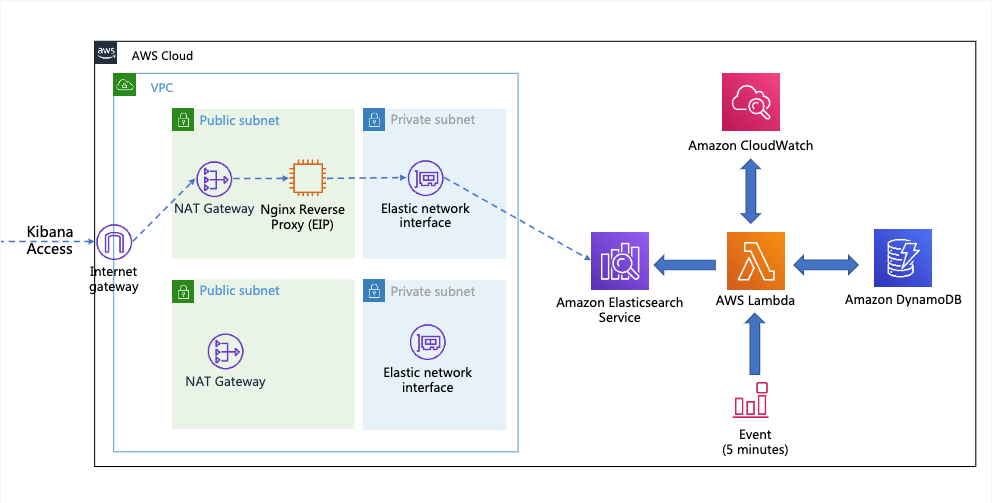
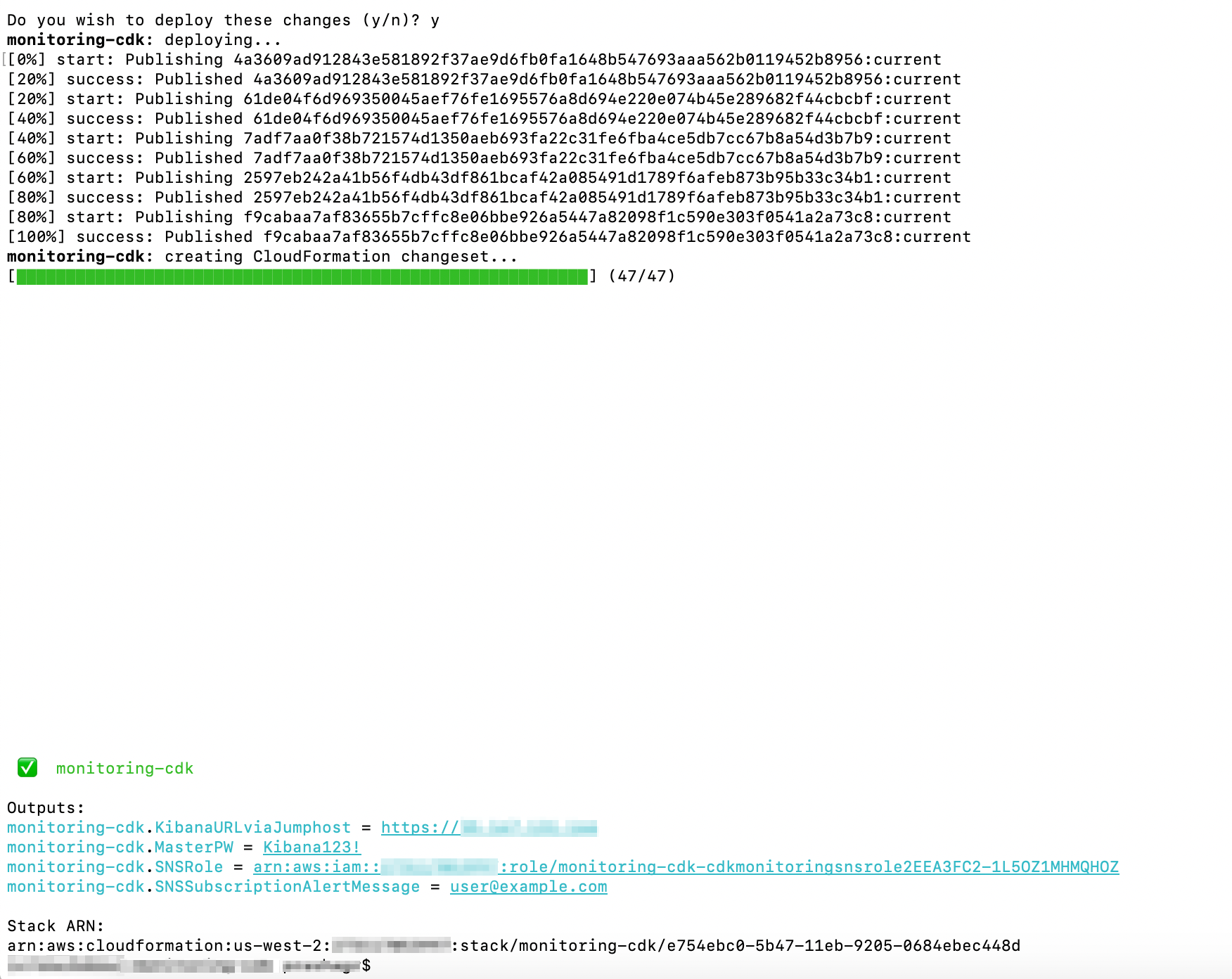


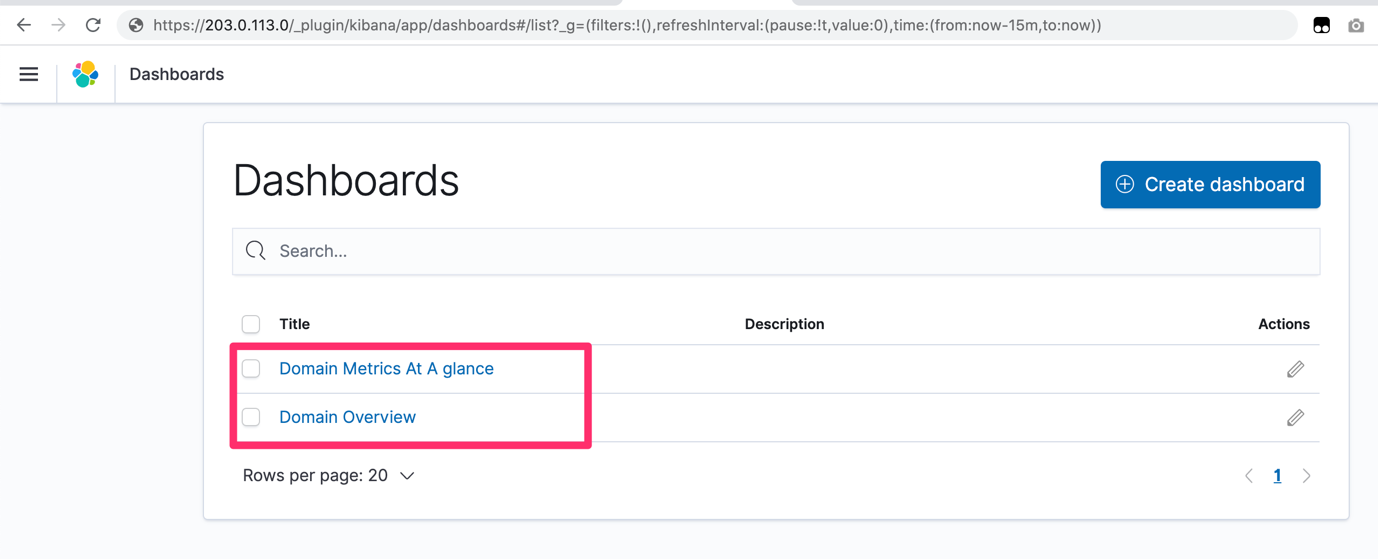

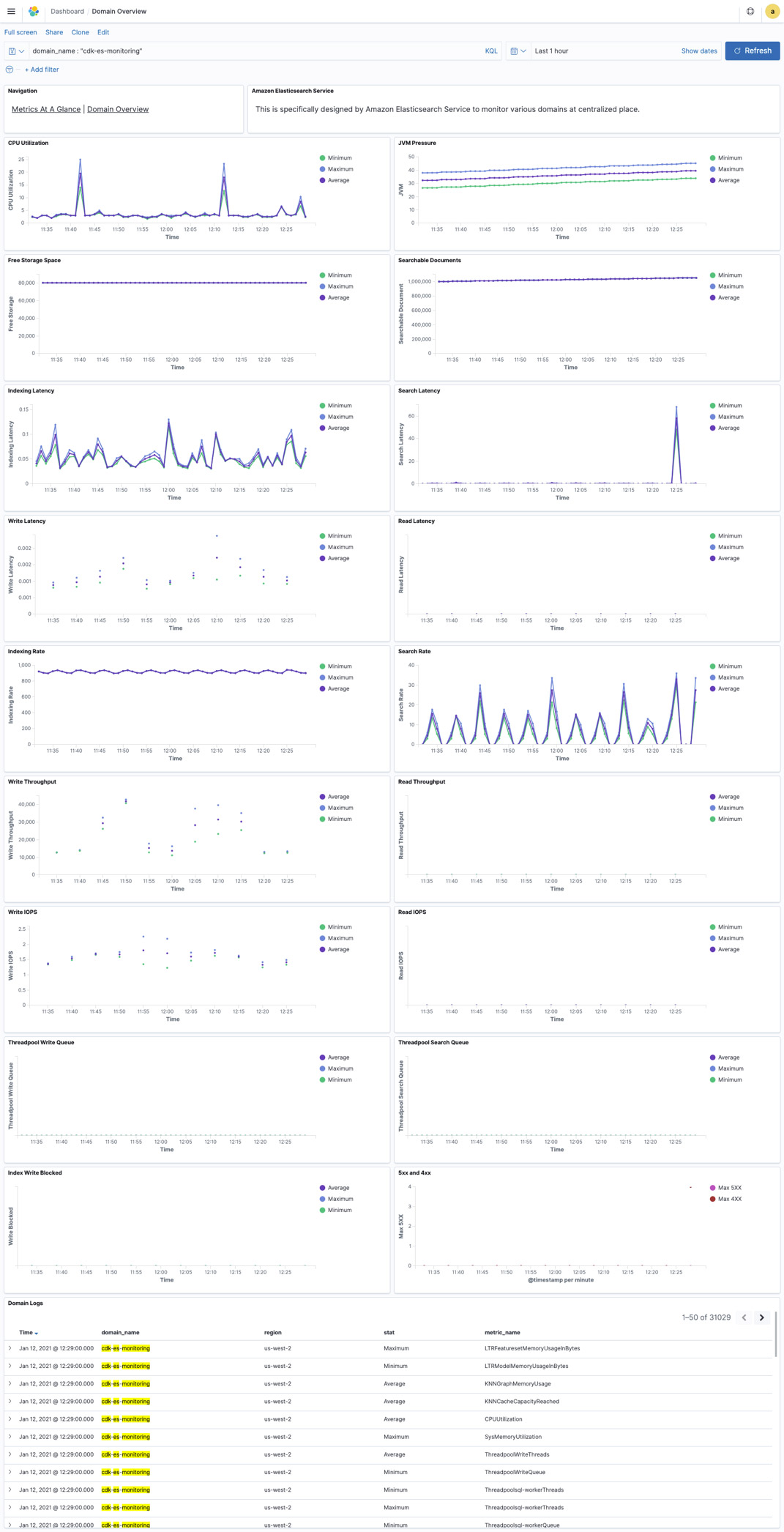

 Jon Handler (@_searchgeek) is a Principal Solutions Architect at Amazon Web Services based in Palo Alto, CA. Jon works closely with the CloudSearch and Elasticsearch teams, providing help and guidance to a broad range of customers who have search workloads that they want to move to the AWS Cloud. Prior to joining AWS, Jon’s career as a software developer included four years of coding a large-scale, eCommerce search engine.
Jon Handler (@_searchgeek) is a Principal Solutions Architect at Amazon Web Services based in Palo Alto, CA. Jon works closely with the CloudSearch and Elasticsearch teams, providing help and guidance to a broad range of customers who have search workloads that they want to move to the AWS Cloud. Prior to joining AWS, Jon’s career as a software developer included four years of coding a large-scale, eCommerce search engine. Prashant Agrawal is a Specialist Solutions Architect at Amazon Web Services based in Seattle, WA.. Prashant works closely with Amazon Elasticsearch team, helping customers migrate their workloads to the AWS Cloud. Before joining AWS, Prashant helped various customers use Elasticsearch for their search and analytics use cases.
Prashant Agrawal is a Specialist Solutions Architect at Amazon Web Services based in Seattle, WA.. Prashant works closely with Amazon Elasticsearch team, helping customers migrate their workloads to the AWS Cloud. Before joining AWS, Prashant helped various customers use Elasticsearch for their search and analytics use cases.






 Ninad Phatak is a Principal Data Architect at Amazon Development Center India. He specializes in data engineering and datawarehousing technologies and helps customers architect their analytics use cases and platforms on AWS.
Ninad Phatak is a Principal Data Architect at Amazon Development Center India. He specializes in data engineering and datawarehousing technologies and helps customers architect their analytics use cases and platforms on AWS. Vinay Kondapi is Head of product for Amazon AppFlow. He specializes in Application and data integration with SaaS products at AWS.
Vinay Kondapi is Head of product for Amazon AppFlow. He specializes in Application and data integration with SaaS products at AWS.














 Daniela Dorneanu is a Data Lake Architect at AWS. As part of Professional Services, Daniela supports customers hands-on to get more value out of their data. Daniela advocates for inclusive and diverse work environments, and she is co-chairing the Software Engineering conference track at the Grace Hopper Celebration, the largest gathering of women in Computing.
Daniela Dorneanu is a Data Lake Architect at AWS. As part of Professional Services, Daniela supports customers hands-on to get more value out of their data. Daniela advocates for inclusive and diverse work environments, and she is co-chairing the Software Engineering conference track at the Grace Hopper Celebration, the largest gathering of women in Computing. Muhammad Shahzad is a Professional Services consultant who enables customers to implement DevOps by explaining principles, delivering automated solutions and integrating best practices in their journey to the cloud.
Muhammad Shahzad is a Professional Services consultant who enables customers to implement DevOps by explaining principles, delivering automated solutions and integrating best practices in their journey to the cloud.






 Noritaka Sekiyama is a Senior Big Data Architect at AWS Glue and AWS Lake Formation. He is passionate about big data technology and open source software, and enjoys building and experimenting in the analytics area.
Noritaka Sekiyama is a Senior Big Data Architect at AWS Glue and AWS Lake Formation. He is passionate about big data technology and open source software, and enjoys building and experimenting in the analytics area. Sachet Saurabh is a Senior Software Development Engineer at AWS Glue and AWS Lake Formation. He is passionate about building fault tolerant and reliable distributed systems at scale.
Sachet Saurabh is a Senior Software Development Engineer at AWS Glue and AWS Lake Formation. He is passionate about building fault tolerant and reliable distributed systems at scale. Vikas Malik is a Software Development Manager at AWS Glue. He enjoys building solutions that solve business problems at scale. In his free time, he likes playing and gardening with his kids and exploring local areas with family.
Vikas Malik is a Software Development Manager at AWS Glue. He enjoys building solutions that solve business problems at scale. In his free time, he likes playing and gardening with his kids and exploring local areas with family.
























 Nitin Aggarwal is a Senior Solutions Architect at AWS, where helps digital native customers with architecting data analytics solutions and providing technical guidance on various AWS services. He brings more than 16 years of experience in software engineering and architecture roles for various large-scale enterprises.
Nitin Aggarwal is a Senior Solutions Architect at AWS, where helps digital native customers with architecting data analytics solutions and providing technical guidance on various AWS services. He brings more than 16 years of experience in software engineering and architecture roles for various large-scale enterprises. Gaurav Sharma is a Solutions Architect at AWS. He works with digital native business customers providing architectural guidance on AWS services.
Gaurav Sharma is a Solutions Architect at AWS. He works with digital native business customers providing architectural guidance on AWS services. Vivek Kumar is a Solutions Architect at AWS. He works with digital native business customers providing architectural guidance on AWS services.
Vivek Kumar is a Solutions Architect at AWS. He works with digital native business customers providing architectural guidance on AWS services.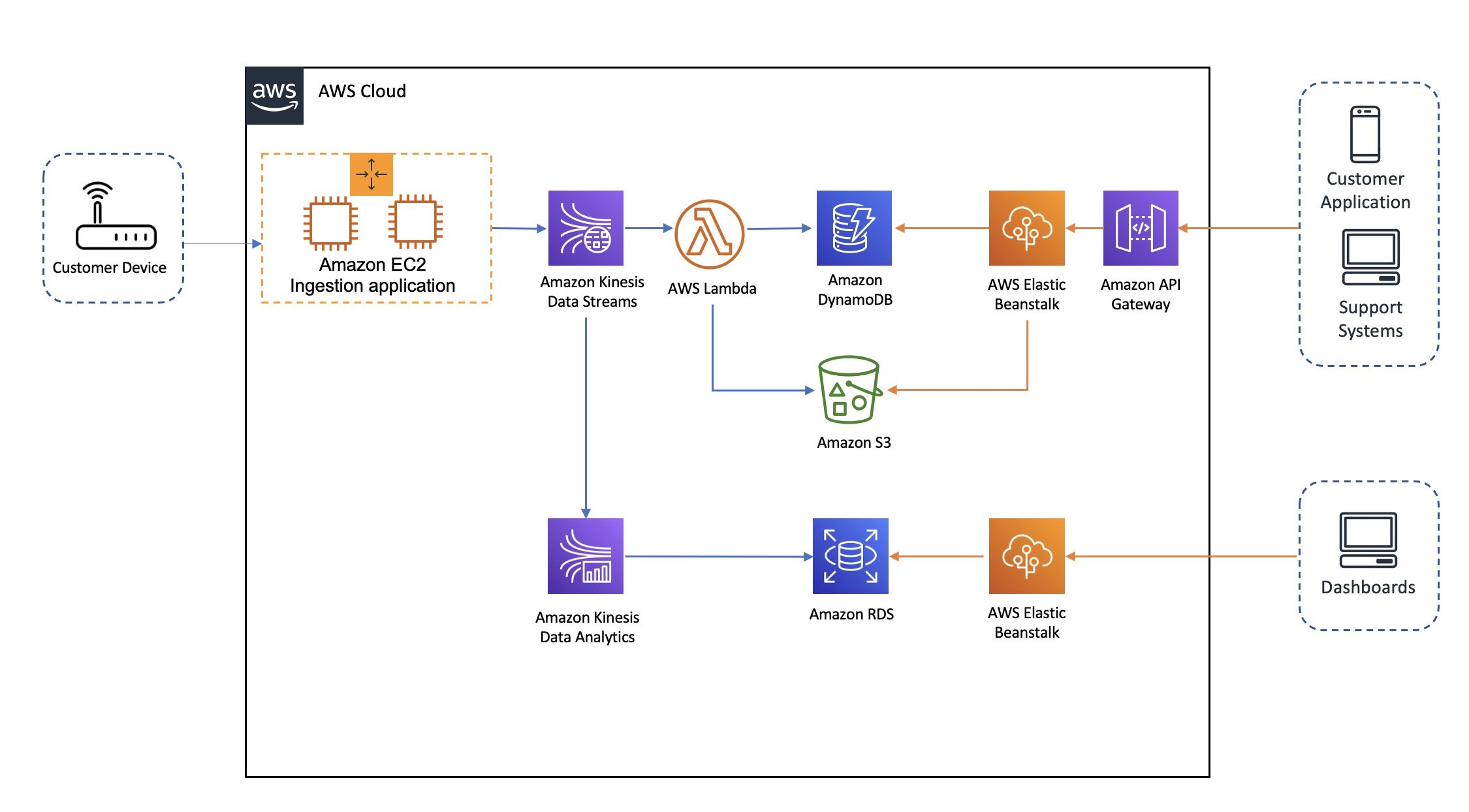


 Rajagopal Mahendran is a Development Manager at the Optus IT Innovation Team. Mahendran has over 14 years of experience in various organizations delivering enterprise applications from medium-scale to very large-scale using proven to cutting-edge technologies in big data, streaming data applications, mobile, and cloud native applications. His passion is to power innovative ideas using technology for better living. In his spare time, he loves bush walking and swimming.
Rajagopal Mahendran is a Development Manager at the Optus IT Innovation Team. Mahendran has over 14 years of experience in various organizations delivering enterprise applications from medium-scale to very large-scale using proven to cutting-edge technologies in big data, streaming data applications, mobile, and cloud native applications. His passion is to power innovative ideas using technology for better living. In his spare time, he loves bush walking and swimming.
 Masudur Rahaman Sayem is a Specialist Solution Architect for Analytics at AWS. He works with AWS customers to provide guidance and technical assistance on data and analytics projects, helping them improve the value of their solutions when using AWS. He is passionate about distributed systems. He also likes to read, especially classic comic books.
Masudur Rahaman Sayem is a Specialist Solution Architect for Analytics at AWS. He works with AWS customers to provide guidance and technical assistance on data and analytics projects, helping them improve the value of their solutions when using AWS. He is passionate about distributed systems. He also likes to read, especially classic comic books.






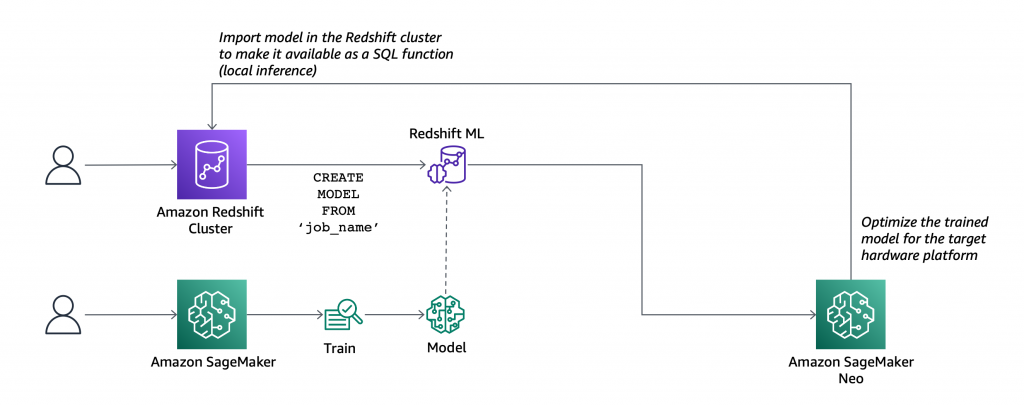

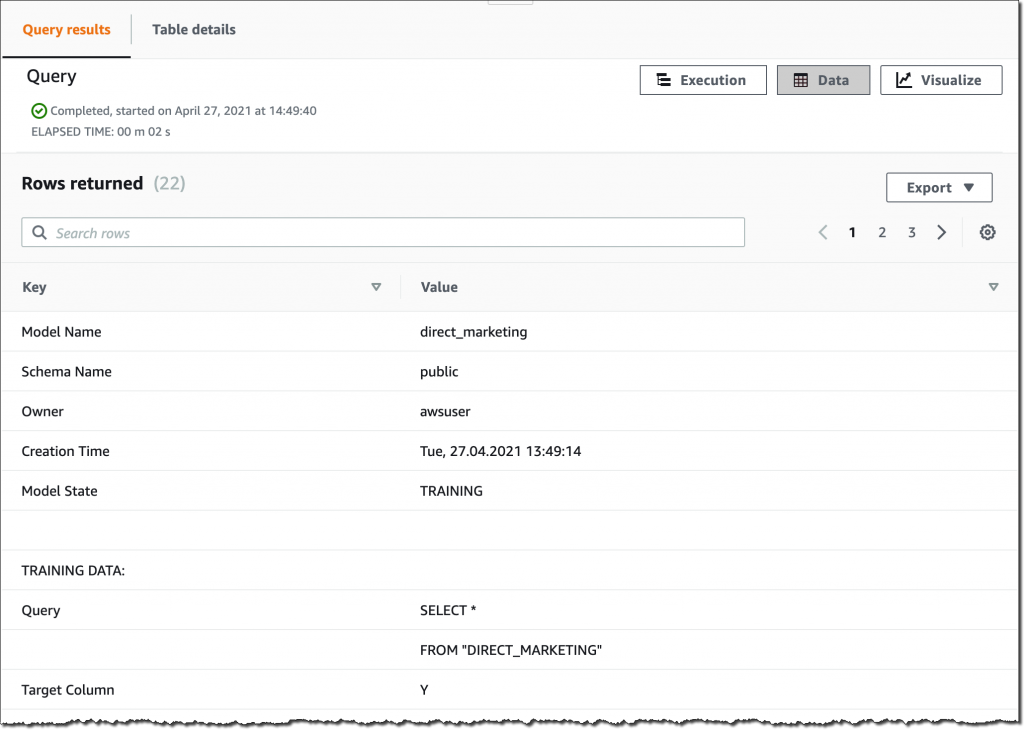

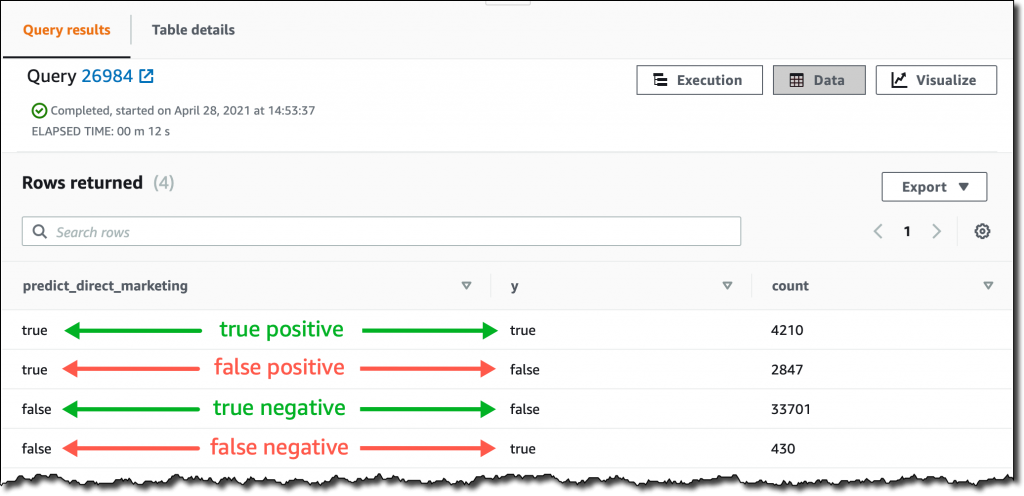













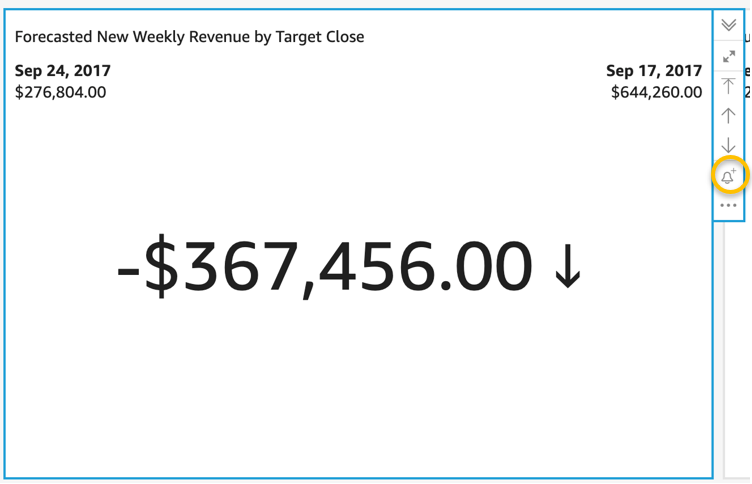











 Lillie Atkins is a Product Manager for Amazon QuickSight, Amazon Web Service’s cloud-native, fully managed BI service.
Lillie Atkins is a Product Manager for Amazon QuickSight, Amazon Web Service’s cloud-native, fully managed BI service.






















 Julia Soscia is a Solutions Architect Manager with Amazon Web Services on the Startup team, based out of New York City. Her main focus is to help startups create well-architected environments on the AWS cloud platform and build their business. She enjoys skiing on the weekends in Vermont and visiting the many art museums across New York City.
Julia Soscia is a Solutions Architect Manager with Amazon Web Services on the Startup team, based out of New York City. Her main focus is to help startups create well-architected environments on the AWS cloud platform and build their business. She enjoys skiing on the weekends in Vermont and visiting the many art museums across New York City. Mitesh Patel is a Senior Solutions Architect at AWS. He works with customers in SMB to help them develop scalable, secure and cost effective solutions in AWS. He enjoys helping customers in modernizing applications using microservices and implementing serverless analytics platform.
Mitesh Patel is a Senior Solutions Architect at AWS. He works with customers in SMB to help them develop scalable, secure and cost effective solutions in AWS. He enjoys helping customers in modernizing applications using microservices and implementing serverless analytics platform.
























 Dhiraj Thakur is a Solutions Architect with Amazon Web Services. He works with AWS customers and partners to guide enterprise cloud adoption, migration, and strategy. He is passionate about technology and enjoys building and experimenting in the analytics and AI/ML space.
Dhiraj Thakur is a Solutions Architect with Amazon Web Services. He works with AWS customers and partners to guide enterprise cloud adoption, migration, and strategy. He is passionate about technology and enjoys building and experimenting in the analytics and AI/ML space. Saurabh Shrivastava is a solutions architect leader and analytics/ML specialist working with global systems integrators. He works with AWS Partners and customers to provide them with architectural guidance for building scalable architecture in hybrid and AWS environments. He enjoys spending time with his family outdoors and traveling to new destinations to discover new cultures.
Saurabh Shrivastava is a solutions architect leader and analytics/ML specialist working with global systems integrators. He works with AWS Partners and customers to provide them with architectural guidance for building scalable architecture in hybrid and AWS environments. He enjoys spending time with his family outdoors and traveling to new destinations to discover new cultures. Dylan Qu is an AWS solutions architect responsible for providing architectural guidance across the full AWS stack with a focus on data analytics, AI/ML, and DevOps.
Dylan Qu is an AWS solutions architect responsible for providing architectural guidance across the full AWS stack with a focus on data analytics, AI/ML, and DevOps.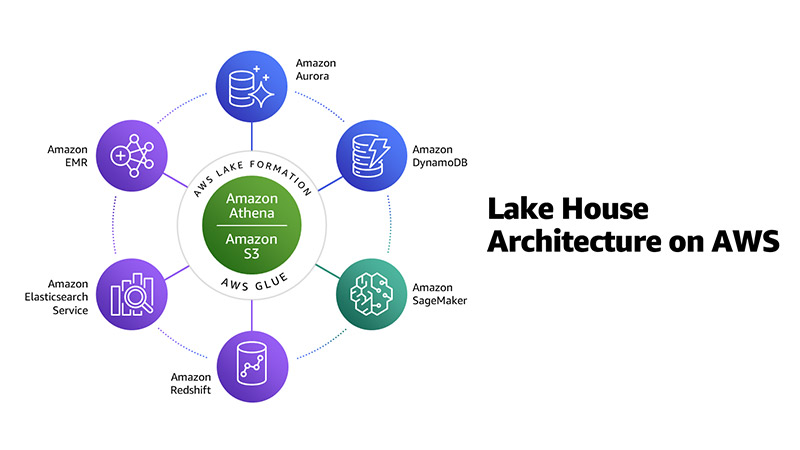
 Abhishek Sinha is a Principal Product Manager at Amazon Web Services.
Abhishek Sinha is a Principal Product Manager at Amazon Web Services. Al MS is a product manager for Amazon EMR at Amazon Web Services.
Al MS is a product manager for Amazon EMR at Amazon Web Services. BJ Haberkorn is principal product marketing manager for analytics at Amazon Web Services. BJ has worked previously on voice technology including Amazon Alexa, real time communications systems, and processor design. He holds BS and MS degrees in electrical engineering from the University of Virginia.
BJ Haberkorn is principal product marketing manager for analytics at Amazon Web Services. BJ has worked previously on voice technology including Amazon Alexa, real time communications systems, and processor design. He holds BS and MS degrees in electrical engineering from the University of Virginia.

















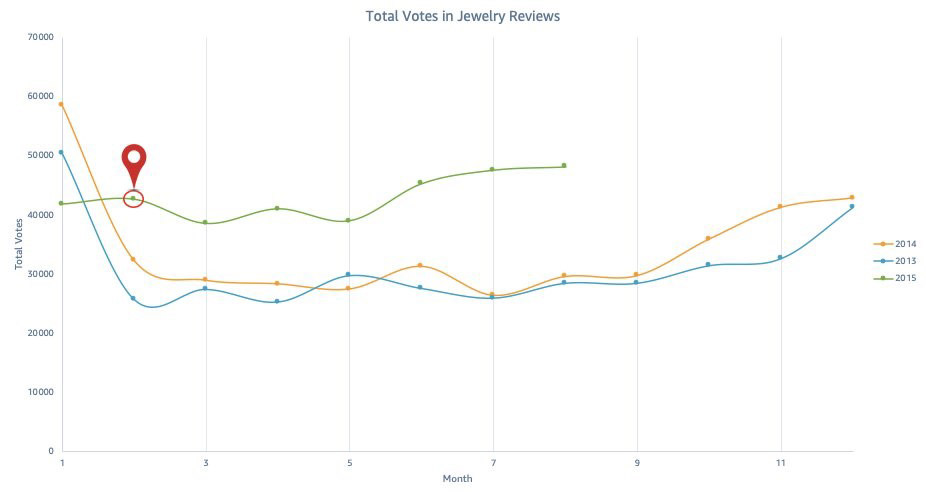

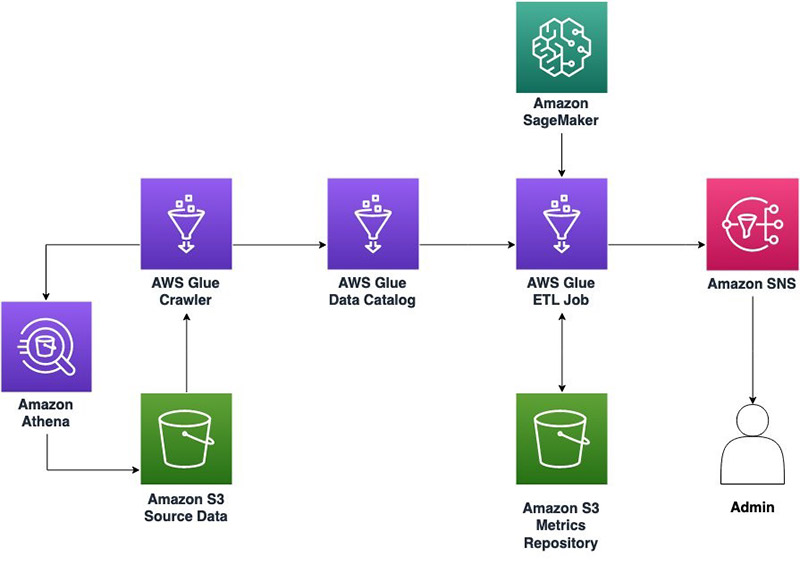






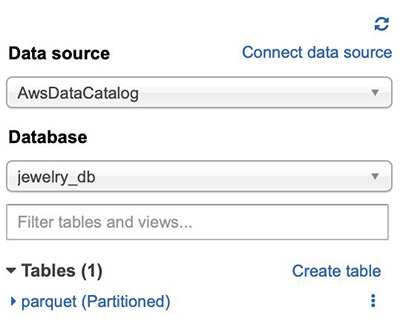





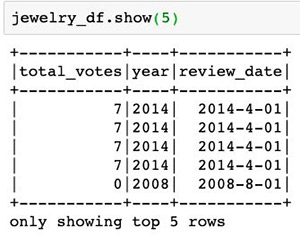
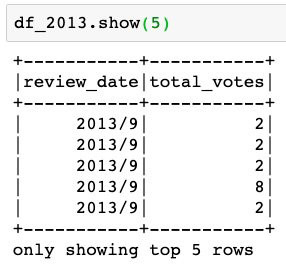
 Joan Aoanan is a ProServe Consultant at AWS. With her B.S. Mathematics-Computer Science degree from Gonzaga University, she is interested in integrating her interests in math and science with technology.
Joan Aoanan is a ProServe Consultant at AWS. With her B.S. Mathematics-Computer Science degree from Gonzaga University, she is interested in integrating her interests in math and science with technology. Veronika Megler, PhD, is Principal Data Scientist for Amazon.com Consumer Packaging. Until recently she was the Principal Data Scientist for AWS Professional Services. She enjoys adapting innovative big data, AI, and ML technologies to help companies solve new problems, and to solve old problems more efficiently and effectively. Her work has lately been focused more heavily on economic impacts of ML models and exploring causality.
Veronika Megler, PhD, is Principal Data Scientist for Amazon.com Consumer Packaging. Until recently she was the Principal Data Scientist for AWS Professional Services. She enjoys adapting innovative big data, AI, and ML technologies to help companies solve new problems, and to solve old problems more efficiently and effectively. Her work has lately been focused more heavily on economic impacts of ML models and exploring causality. Calvin Wang is a Data Scientist at AWS AI/ML. He holds a B.S. in Computer Science from UC Santa Barbara and loves using machine learning to build cool stuff.
Calvin Wang is a Data Scientist at AWS AI/ML. He holds a B.S. in Computer Science from UC Santa Barbara and loves using machine learning to build cool stuff.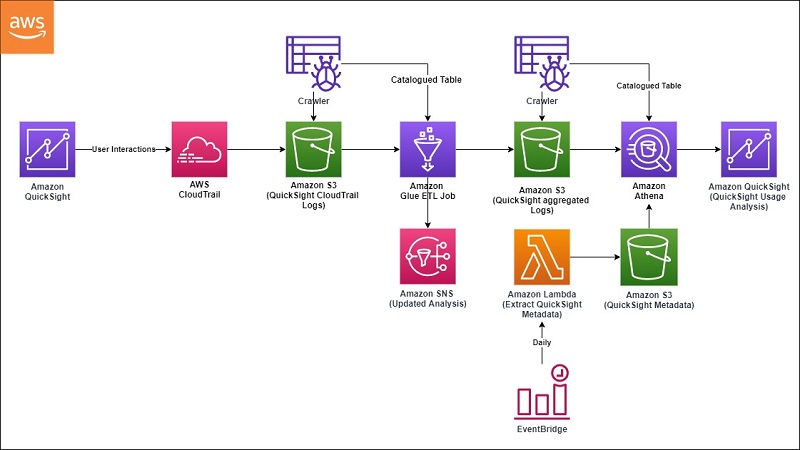

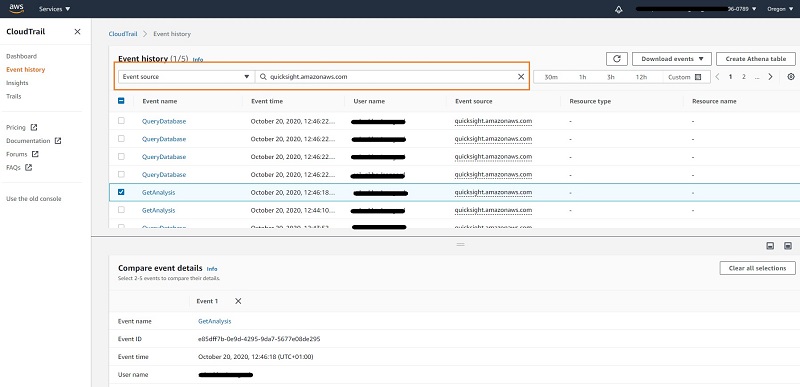
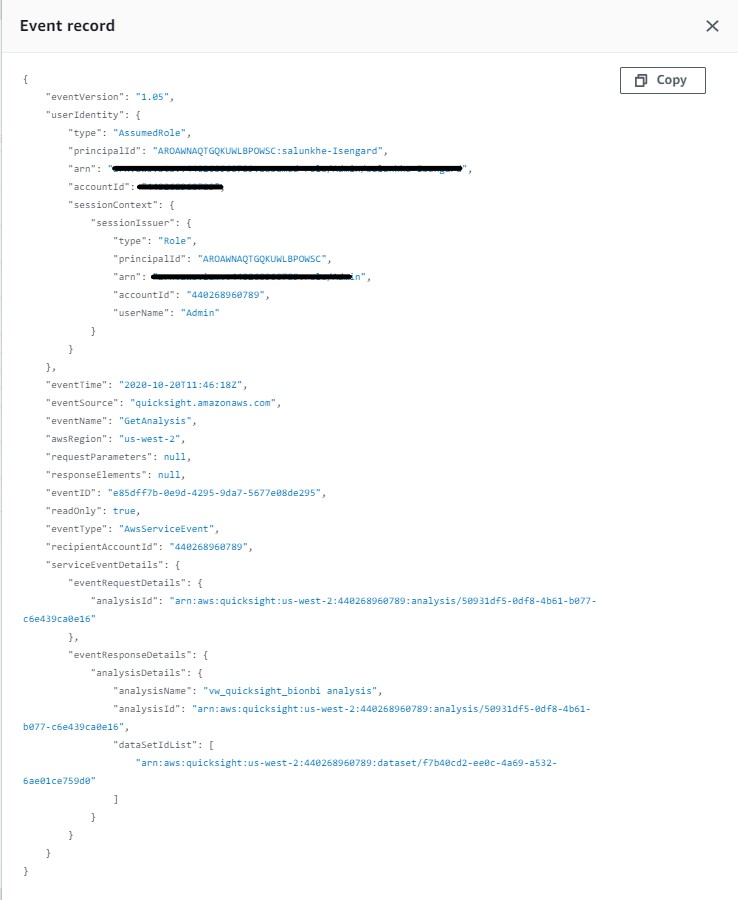
 QuickSight visualization
QuickSight visualization
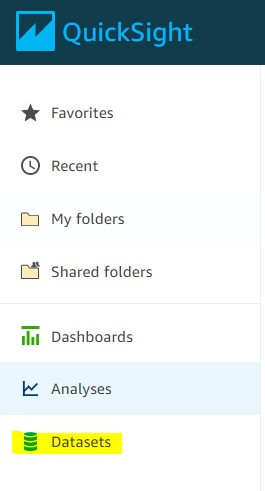
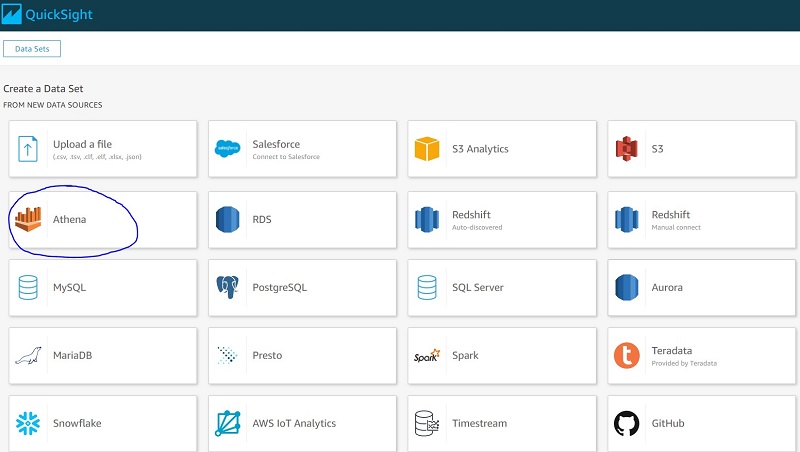
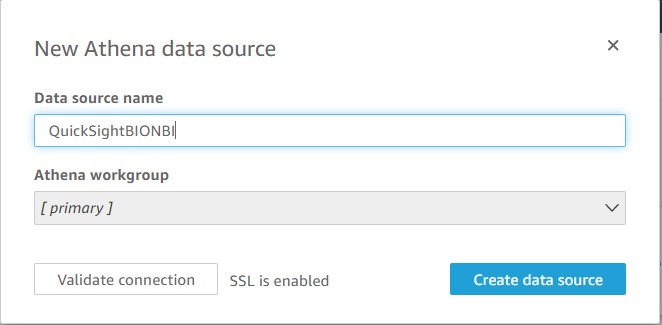


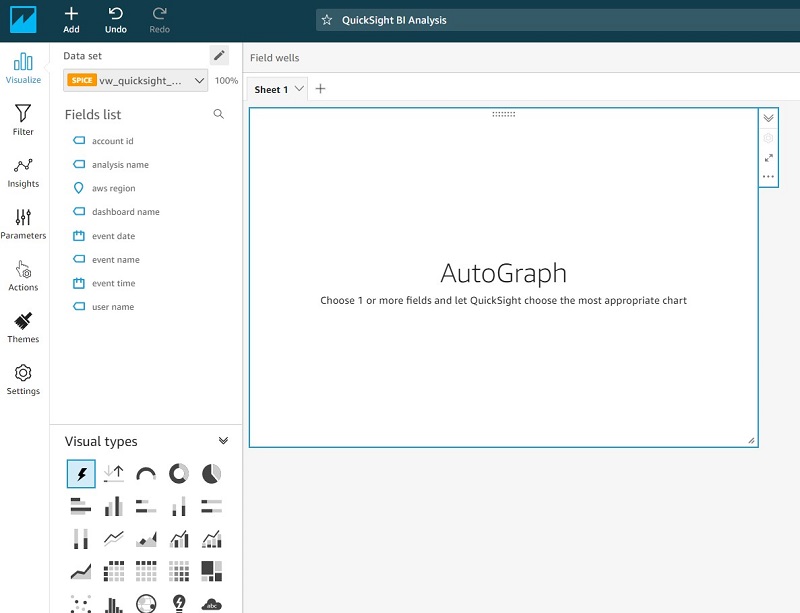

 Sunil Salunkhe is a Senior Solution Architect working with Strategic Accounts on their vision to leverage the cloud to drive aggressive growth strategies. He practices customer obsession by solving their complex challenges in all the aspects of the cloud journey including scale, security and reliability. While not working, he enjoys playing cricket and go cycling with his wife and a son.
Sunil Salunkhe is a Senior Solution Architect working with Strategic Accounts on their vision to leverage the cloud to drive aggressive growth strategies. He practices customer obsession by solving their complex challenges in all the aspects of the cloud journey including scale, security and reliability. While not working, he enjoys playing cricket and go cycling with his wife and a son.

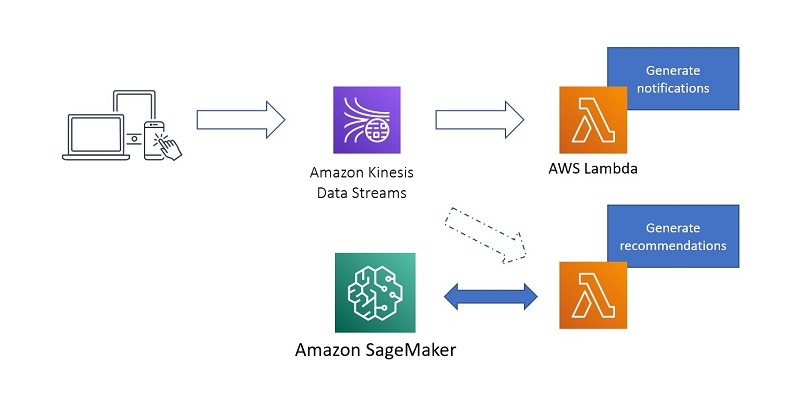
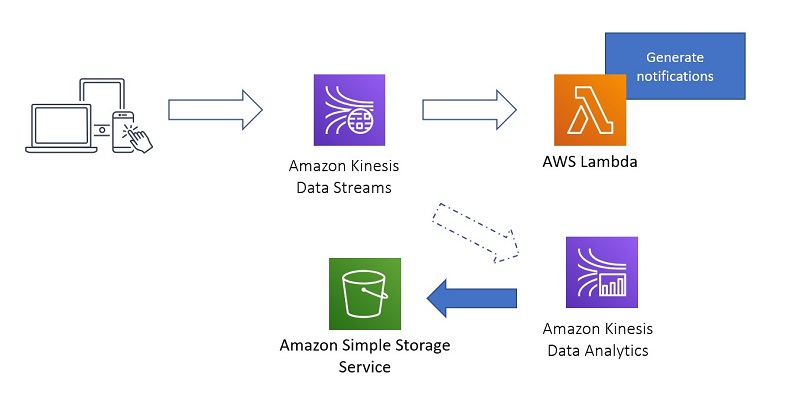
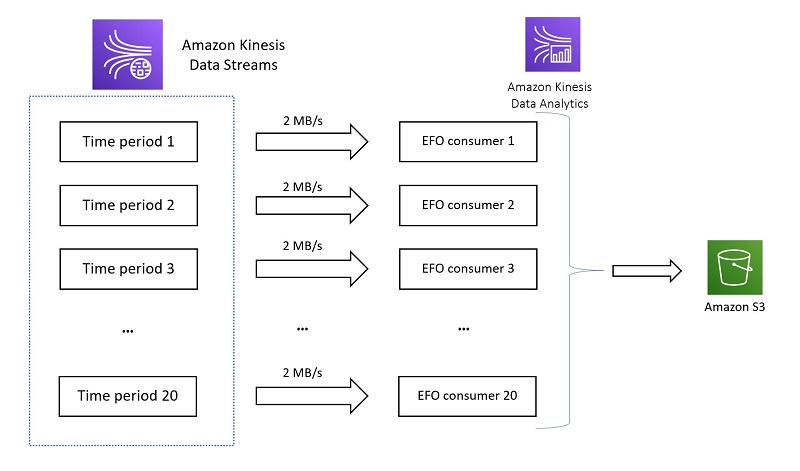

 Nihar Sheth is a Senior Product Manager on the Amazon Kinesis Data Streams team at Amazon Web Services. He is passionate about developing intuitive product experiences that solve complex customer problems and enables customers to achieve their business goals. Outside of work, he is focusing on hiking 200 miles of beautiful PNW trails with his son in 2021.
Nihar Sheth is a Senior Product Manager on the Amazon Kinesis Data Streams team at Amazon Web Services. He is passionate about developing intuitive product experiences that solve complex customer problems and enables customers to achieve their business goals. Outside of work, he is focusing on hiking 200 miles of beautiful PNW trails with his son in 2021. Karthi Thyagarajan is a Solutions Architect on the Amazon Kinesis Team focusing on all things streaming and he enjoys helping customers tackle distributed systems challenges.
Karthi Thyagarajan is a Solutions Architect on the Amazon Kinesis Team focusing on all things streaming and he enjoys helping customers tackle distributed systems challenges. Sai Maddali is a Sr. Product Manager – Tech at Amazon Web Services where he works on Amazon Kinesis Data Streams . He is passionate about understanding customer needs, and using technology to deliver services that empowers customers to build innovative applications. Besides work, he enjoys traveling, cooking, and running.
Sai Maddali is a Sr. Product Manager – Tech at Amazon Web Services where he works on Amazon Kinesis Data Streams . He is passionate about understanding customer needs, and using technology to deliver services that empowers customers to build innovative applications. Besides work, he enjoys traveling, cooking, and running. Larry Heathcote is a Senior Product Marketing Manager at Amazon Web Services for data streaming and analytics. Larry is passionate about seeing the results of data-driven insights on business outcomes. He enjoys walking his Samoyed Sasha in the mornings so she can look for squirrels to bark at.
Larry Heathcote is a Senior Product Marketing Manager at Amazon Web Services for data streaming and analytics. Larry is passionate about seeing the results of data-driven insights on business outcomes. He enjoys walking his Samoyed Sasha in the mornings so she can look for squirrels to bark at.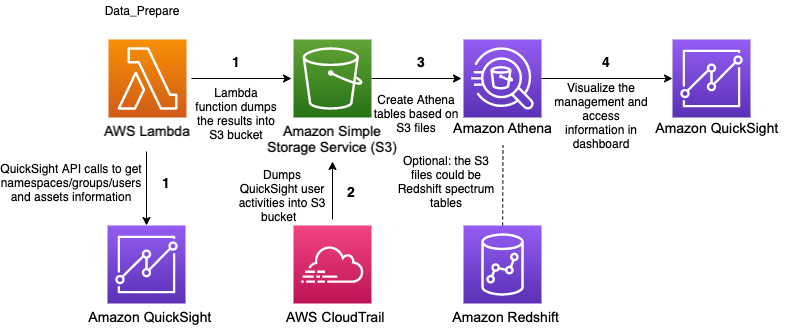



 Similarly, we can create other parameters such as
Similarly, we can create other parameters such as 




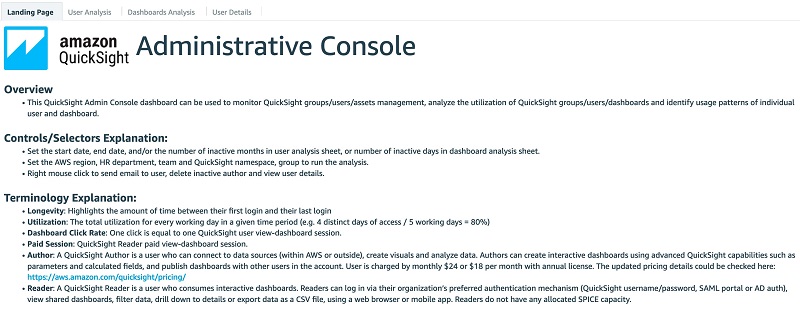


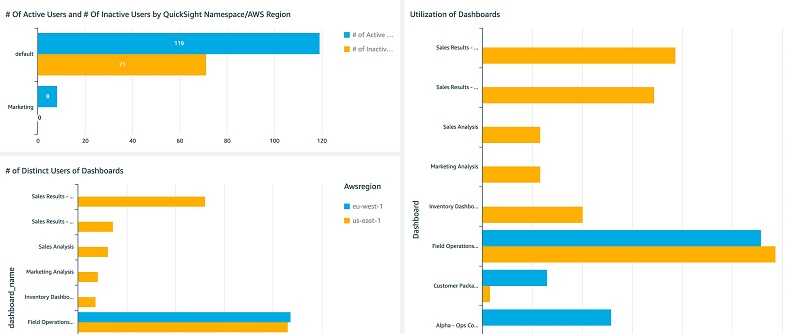
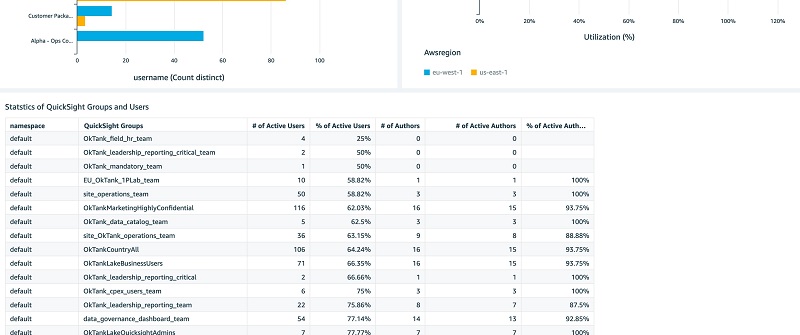
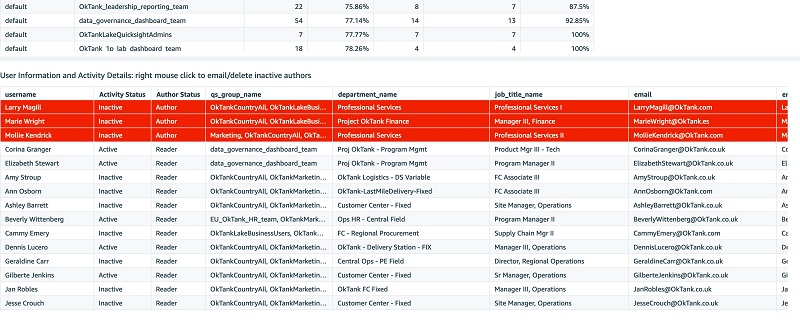 The following screenshots show the Dashboards Analysis tab.
The following screenshots show the Dashboards Analysis tab.
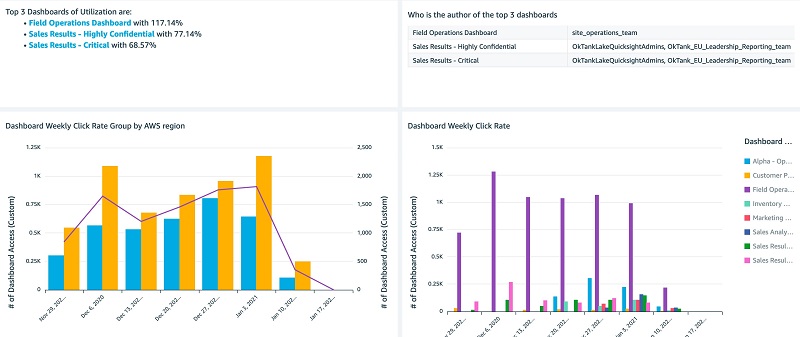

 You can interactively play with the sample dashboard in the following
You can interactively play with the sample dashboard in the following  Ying Wang is a Data Visualization Engineer with the Data & Analytics Global Specialty Practice in AWS Professional Services.
Ying Wang is a Data Visualization Engineer with the Data & Analytics Global Specialty Practice in AWS Professional Services. Jill Florant manages Customer Success for the Amazon QuickSight Service team
Jill Florant manages Customer Success for the Amazon QuickSight Service team